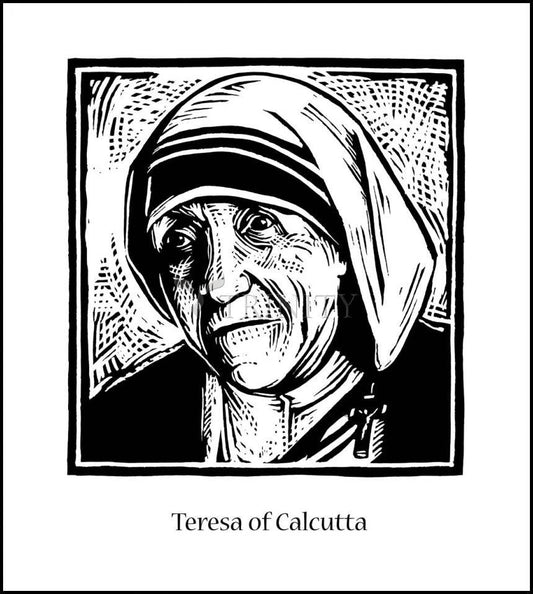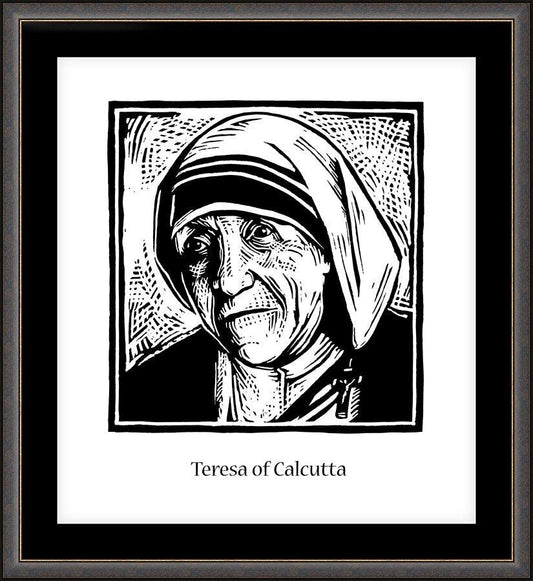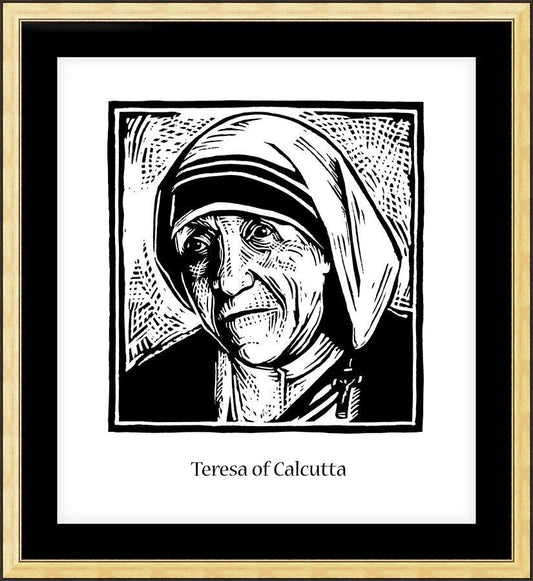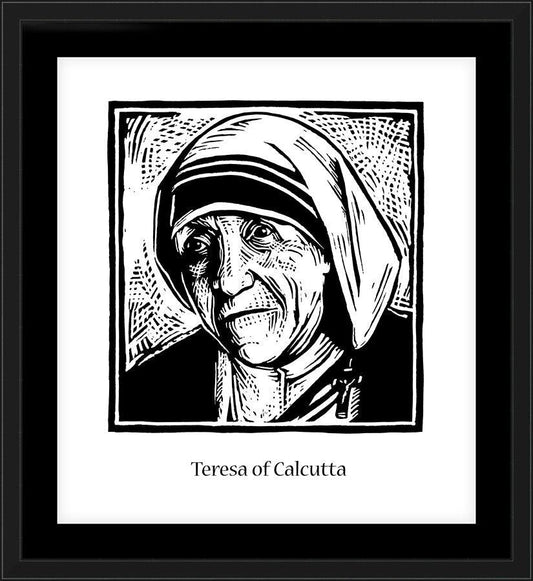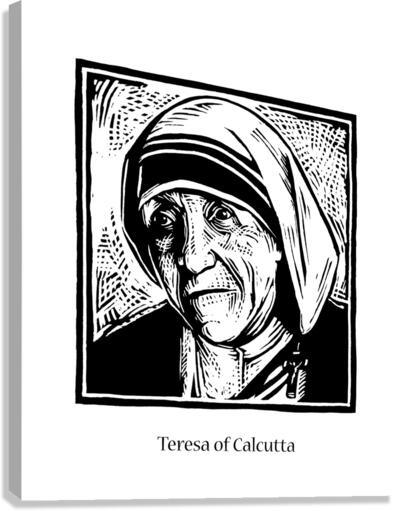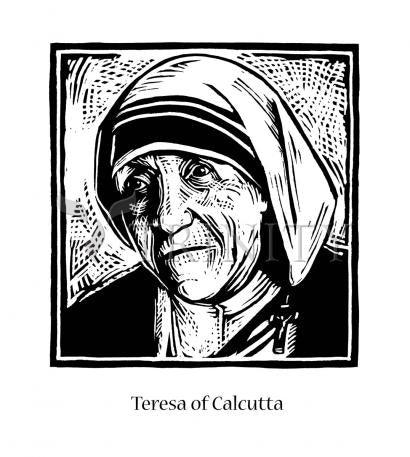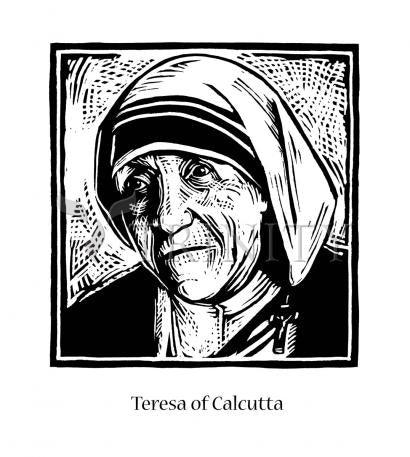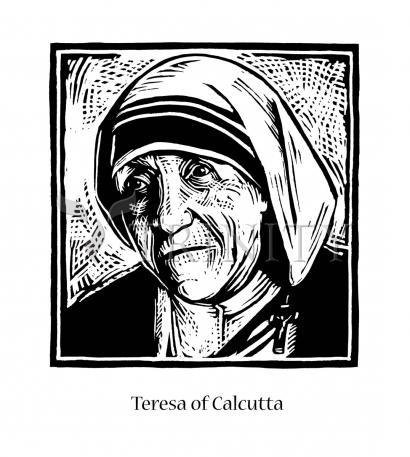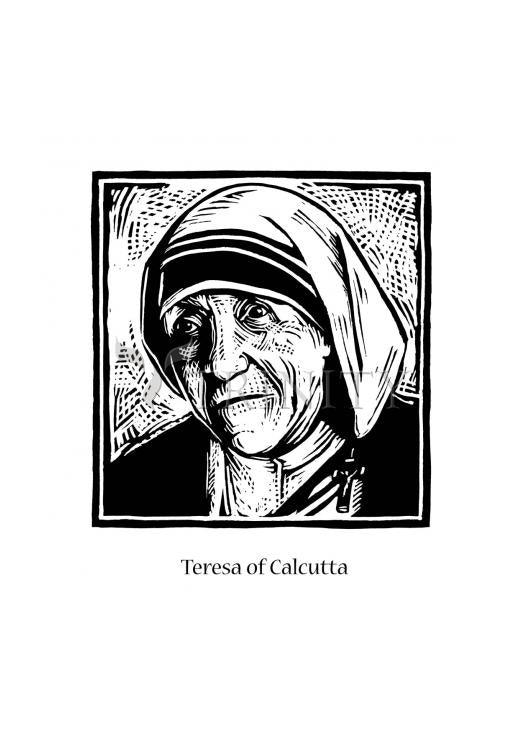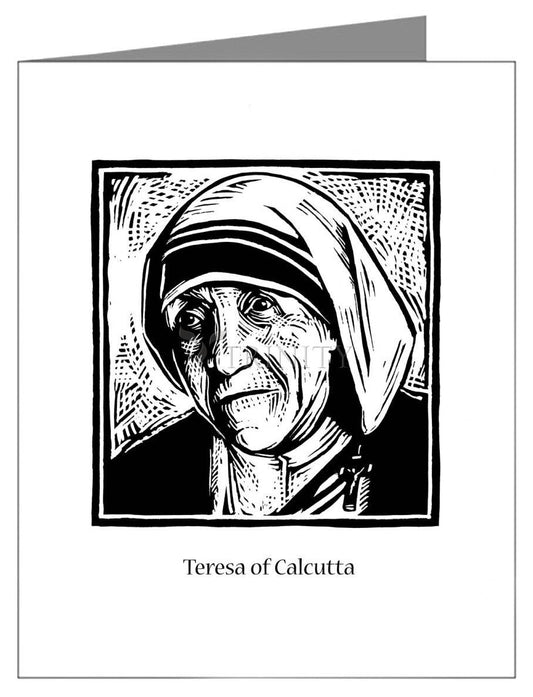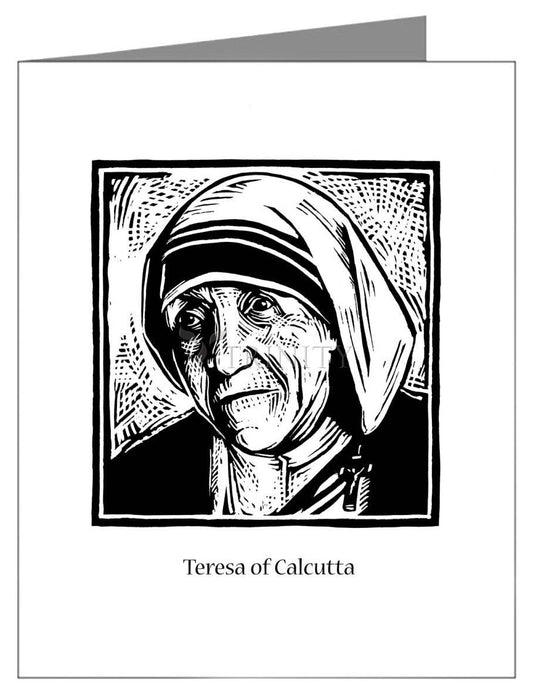Religious Calling
Mother Teresa attended a convent-run primary school and then a state-run secondary school. As a girl, Mother Teresa sang in the local Sacred Heart choir and was often asked to sing solos. The congregation made an annual pilgrimage to the chapel of the Madonna of Letnice atop Black Mountain in Skopje, and it was on one such trip at the age of 12 that Mother Teresa first felt a calling to a religious life. Six years later, in 1928, an 18-year-old Agnes Bojaxhiu decided to become a nun and set off for Ireland to join the Loreto Sisters of Dublin. It was there that she took the name Sister Mary Teresa after Saint Thérèse of Lisieux.
A year later, Mother Teresa traveled on to Darjeeling, India for the novitiate period; in May 1931, Mother Teresa made her First Profession of Vows. Afterward she was sent to Calcutta, where she was assigned to teach at Saint Mary's High School for Girls, a school run by the Loreto Sisters and dedicated to teaching girls from the city's poorest Bengali families. Mother Teresa learned to speak both Bengali and Hindi fluently as she taught geography and history and dedicated herself to alleviating the girls' poverty through education.
On May 24, 1937, she took her Final Profession of Vows to a life of poverty, chastity and obedience. As was the custom for Loreto nuns, she took on the title of "mother" upon making her final vows and thus became known as Mother Teresa. Mother Teresa continued to teach at Saint Mary's, and in 1944 she became the school's principal. Through her kindness, generosity and unfailing commitment to her students' education, she sought to lead them to a life of devotion to Christ. "Give me the strength to be ever the light of their lives, so that I may lead them at last to you," she wrote in prayer.
A New Calling
However, on September 10, 1946, Mother Teresa experienced a second calling that would forever transform her life. She was riding a train from Calcutta to the Himalayan foothills for a retreat when Christ spoke to her and told her to abandon teaching to work in the slums of Calcutta aiding the city's poorest and sickest people. "I want Indian Nuns, Missionaries of Charity, who would be my fire of love amongst the poor, the sick, the dying and the little children," she heard Christ say to her on the train that day. "You are I know the most incapable person"weak and sinful but just because you are that"I want to use You for My glory. Wilt thou refuse?"
Since Mother Teresa had taken a vow of obedience, she could not leave her convent without official permission. After nearly a year and a half of lobbying, in January 1948 she finally received approval from the local Archbishop Ferdinand Périer to pursue this new calling. That August, wearing the blue and white sari that she would always wear in public for the rest of her life, she left the Loreto convent and wandered out into the city. After six months of basic medical training, she voyaged for the first time into Calcutta's slums with no more specific goal than to aid "the unwanted, the unloved, the uncared for."
The Missionaries of Charity
Mother Teresa quickly translated this somewhat vague calling into concrete actions to help the city's poor. She began an open-air school and established a home for the dying destitute in a dilapidated building she convinced the city government to donate to her cause. In October 1950, she won canonical recognition for a new congregation, the Missionaries of Charity, which she founded with only 12 members"most of them former teachers or pupils from St. Mary's School.
As the ranks of her congregation swelled and donations poured in from around India and across the globe, the scope of Mother Teresa's charitable activities expanded exponentially. Over the course of the 1950s and 1960s, she established a leper colony, an orphanage, a nursing home, a family clinic and a string of mobile health clinics.
In 1971, Mother Teresa traveled to New York City to open her first American-based house of charity, and in the summer of 1982, she secretly went to Beirut, Lebanon, where she crossed between Christian East Beirut and Muslim West Beirut to aid children of both faiths. In 1985, Mother Teresa returned to New York and spoke at the 40th anniversary of the United Nations General Assembly. While there, she also opened Gift of Love, a home to care for those infected with HIV/AIDS.
Born: August 26, 1910 in Skopje, Albania (modern Macedonia)
Died: September 5, 1997 in Calcutta, West Bengal, India of natural causes
Venerated: December 20, 2002 by Saint John Paul II
Beatified: October 19, 2003 by Saint John Paul II
Canonized: September 5, 2016 by Pope Francis




